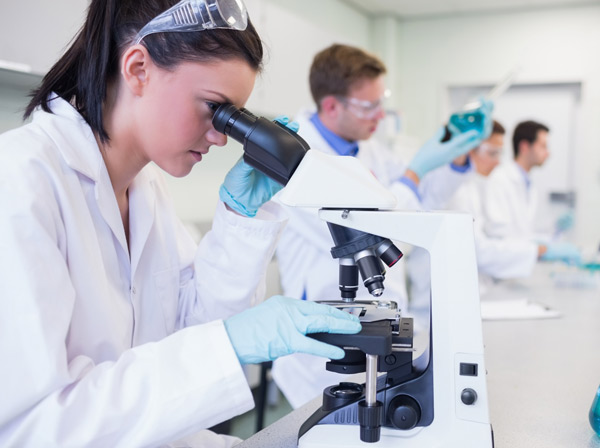
Although exercise is a well known stimulus for new bone formation, it has remained unclear how muscle “talks” to bone, despite their close proximity.
“This is a novel finding, and offers promise in the lab, and in the clinic,” said co-lead study author Mone Zaidi, MD, PhD., Professor of Medicine and of Structural and Chemical Biology at the Icahn School of Medicine at Mount Sinai, and Director of the Mount Sinai Bone Program. “It establishes for the first time a molecule released from muscle during exercise can act directly on long bones to increase their strength. These are the bones utilized during exercise, and also the ones most likely to break.”
In the experiment, young male mice, chosen because researchers could best see bone accrual at this age, were injected with irisin. Irisin is a specialized protein molecule called a myokine, derived from skeletal muscle and implicated in the regulation of body fat. In the injected mice, researchers saw significant increases in bone mass and strength, specifically cortical bone, which is a dense and compact type of bone tissue that constitutes about 80 percent of skeletal weight. The action of the recently identified signaling molecule, irisin, was mediated primarily through bone growth. Trabecular, or spongy bone, the body’s reservoir for calcium, largely was not affected.
The study suggests irisin is fundamental to muscle-bone communication, and likely translates the well-known skeletal anabolic action of exercise by directly stimulating new bone synthesis by osteoblasts.
Implications of the study are far reaching. It is known that physical exercise, and the physical force it applies to bone, benefits metabolic and skeletal health.
Decreases in the level of physical activity, for example in former athletes, can lead to progressive loss of bone and increase fracture risk. Disuse, or the weightlessness of space, can cause acute, rapid, and severe bone loss: for example, it is known astronauts lose bone mass 10 times faster than women in early menopause, and patients in a vegetative state or with spinal cord injuries display a high risk of fragility fractures.
According to the study authors, identifying irisin as a molecule responsible for muscle-bone connectivity during exercise could lead to the development of future therapies for sarcopenia, the gradual loss of muscle mass seen as one gets older, and osteoporosis, a disease in which bones become weak and brittle and more likely to break.
“These diseases often occur together, and both muscle and bone loss are common medical problems in the elderly that cause significant disability. Understanding this molecular connection between muscle and bone gives us hope for treating age-related bone and muscle loss at the same time, with the same agent,” said Dr. Zaidi.